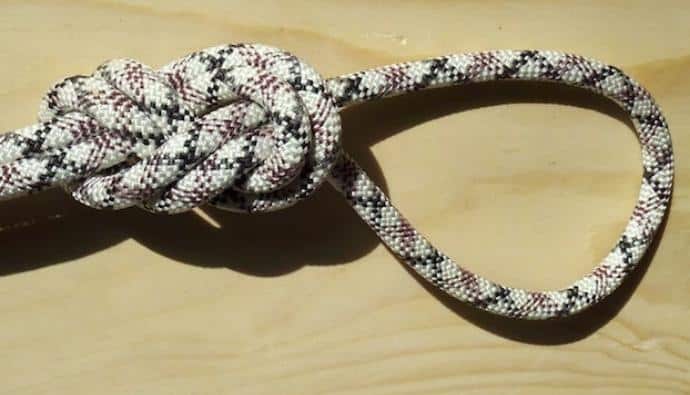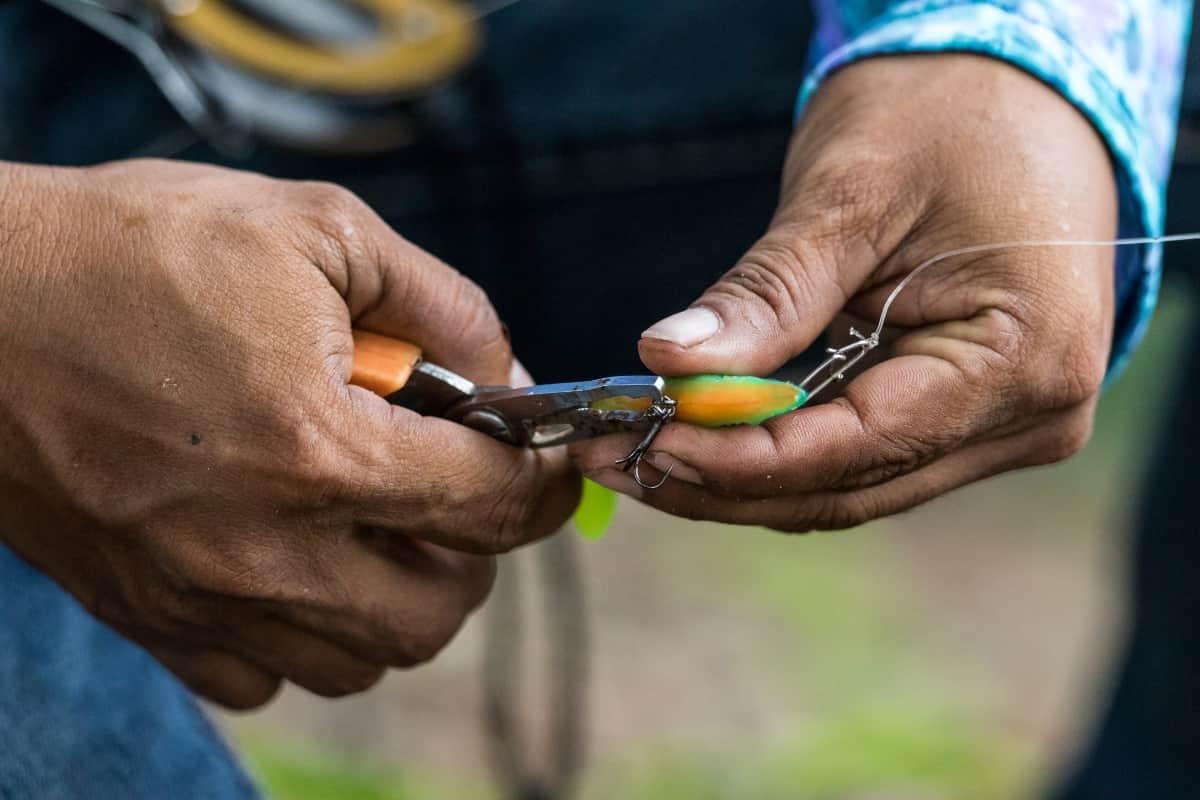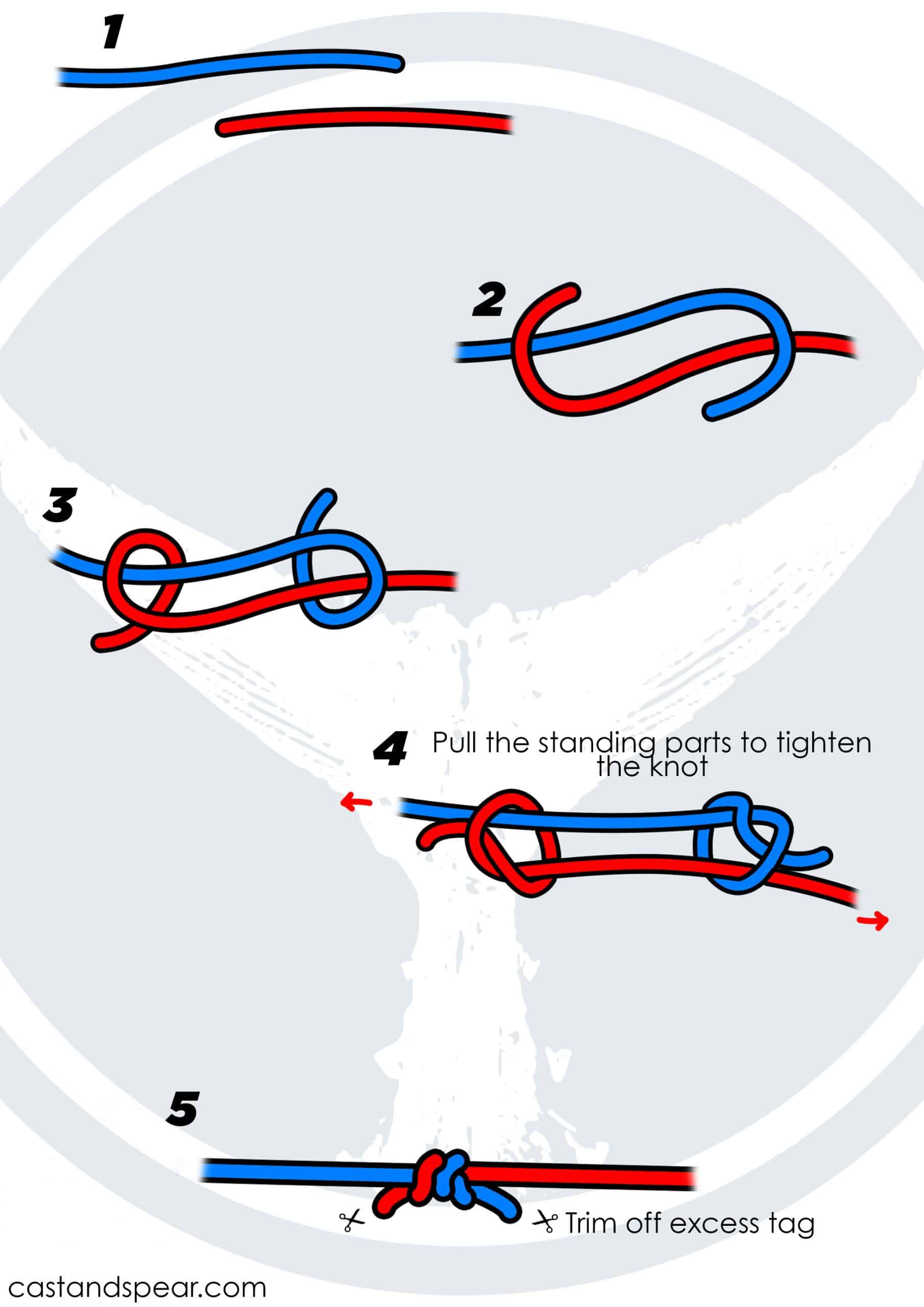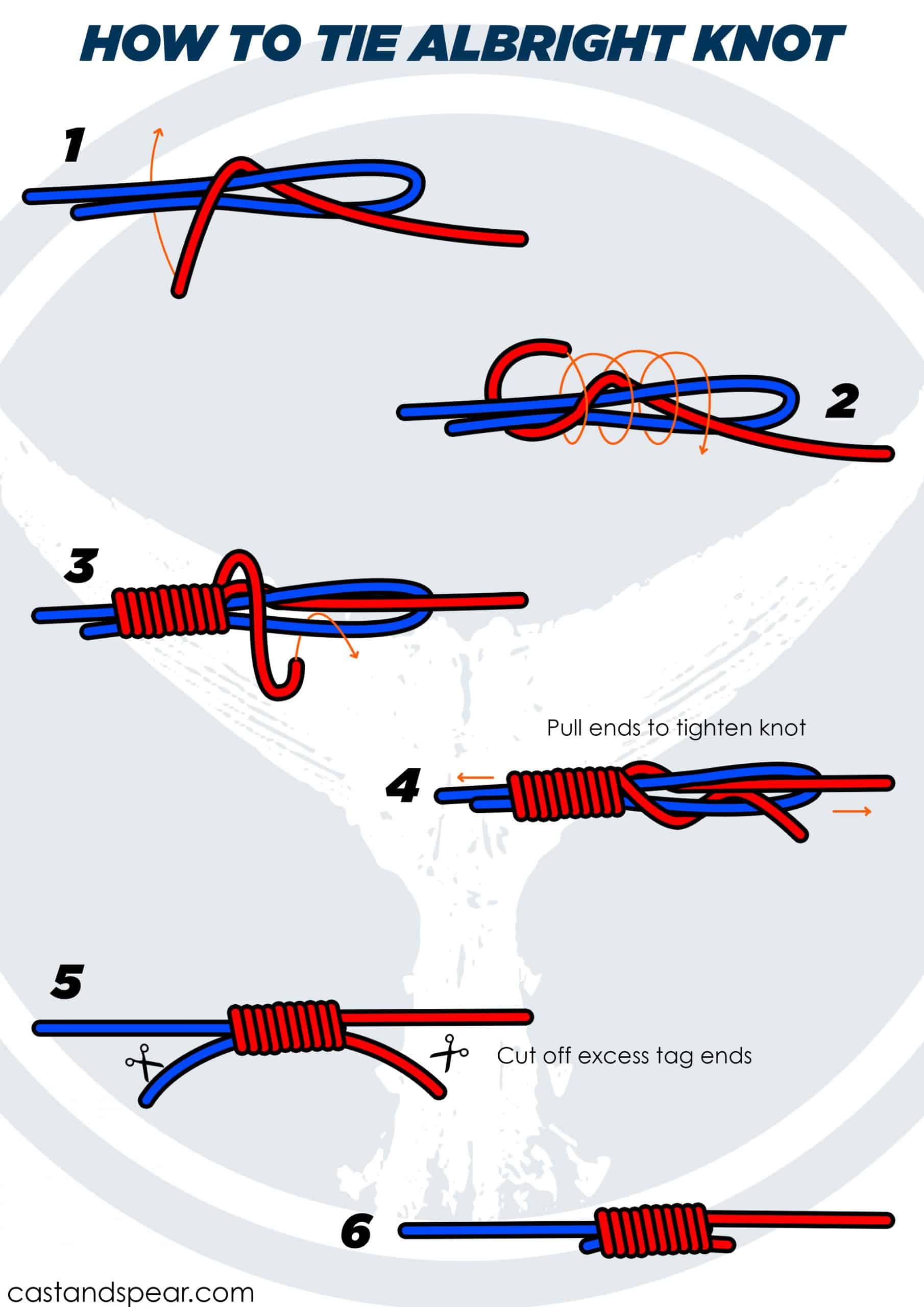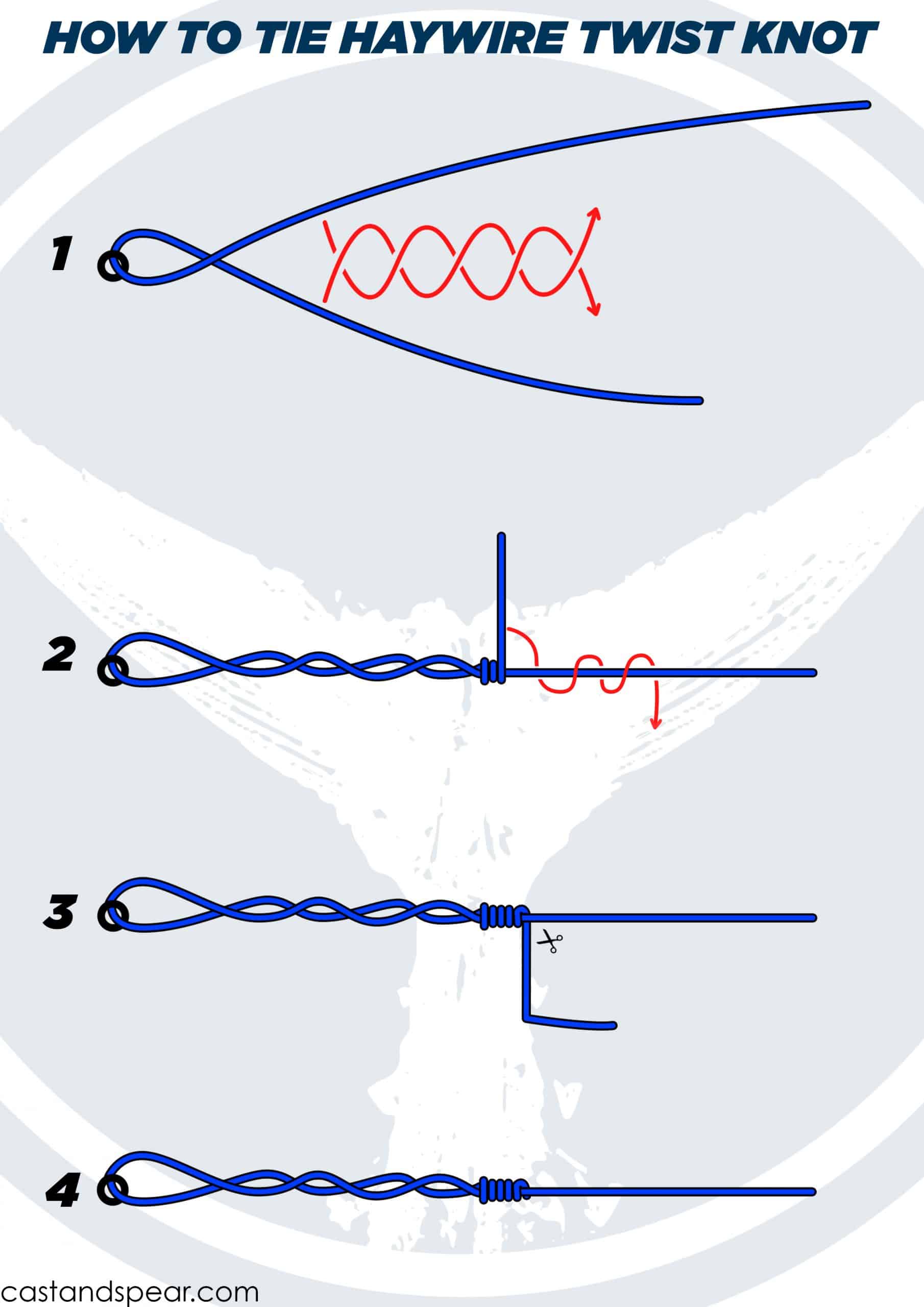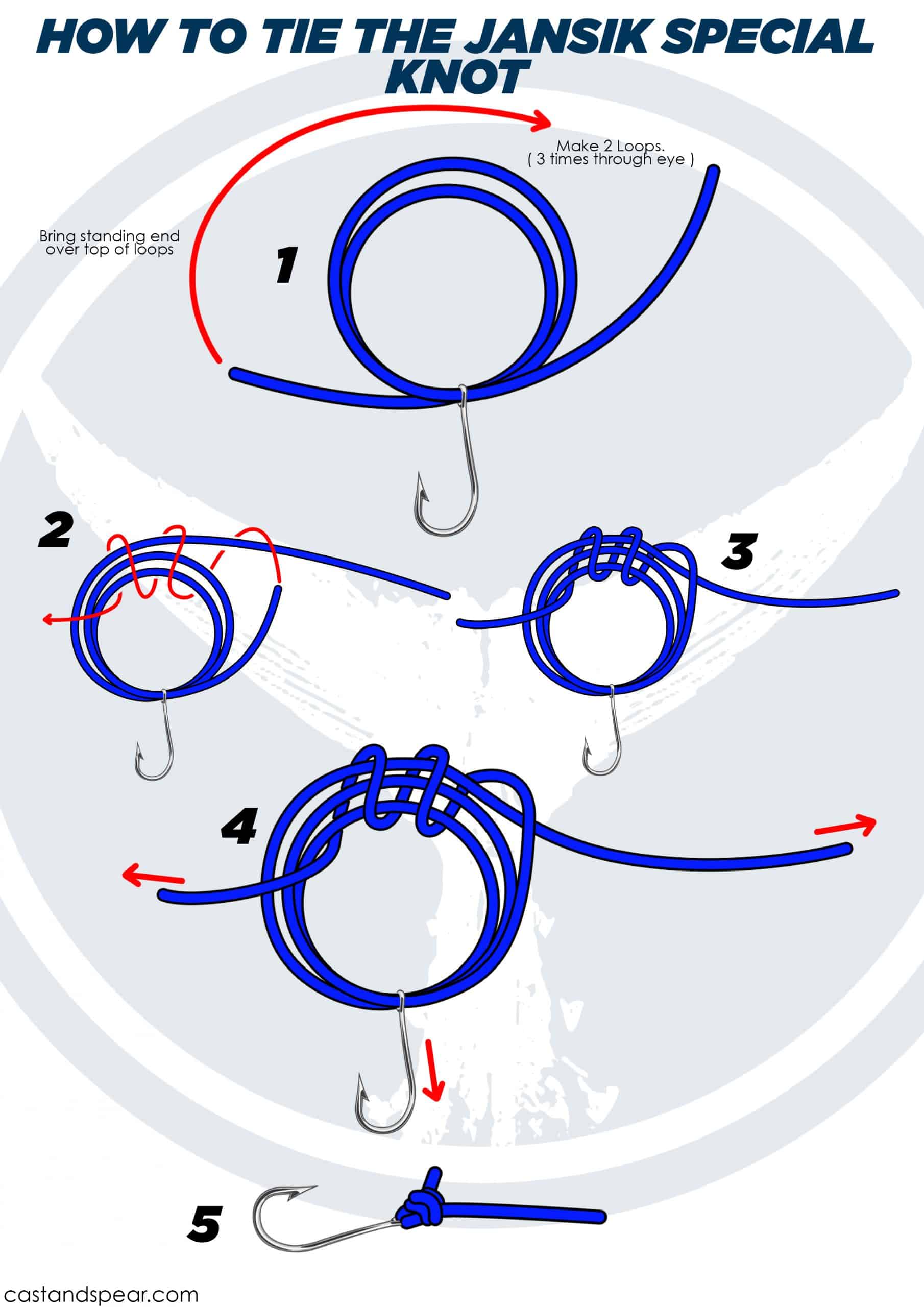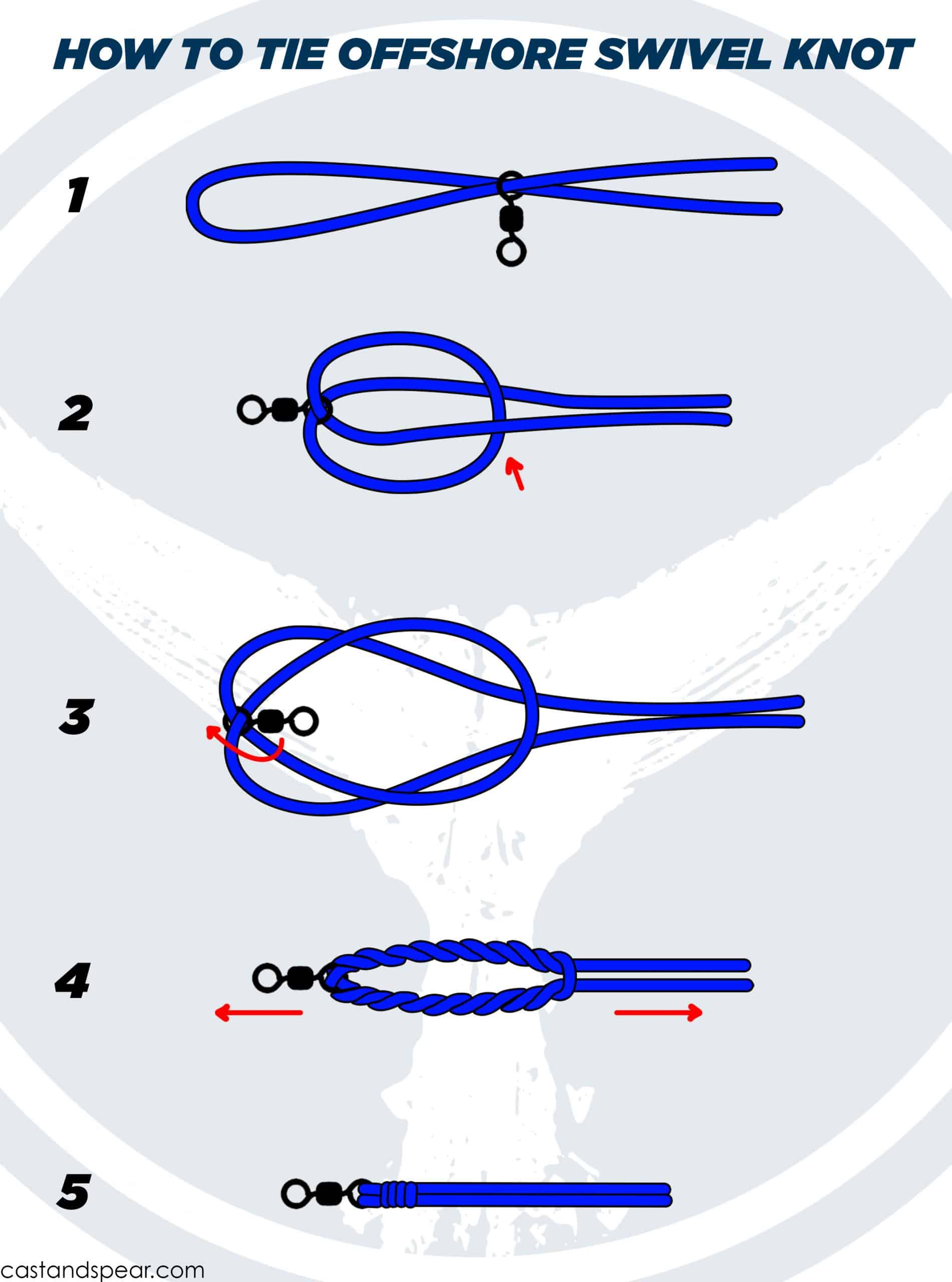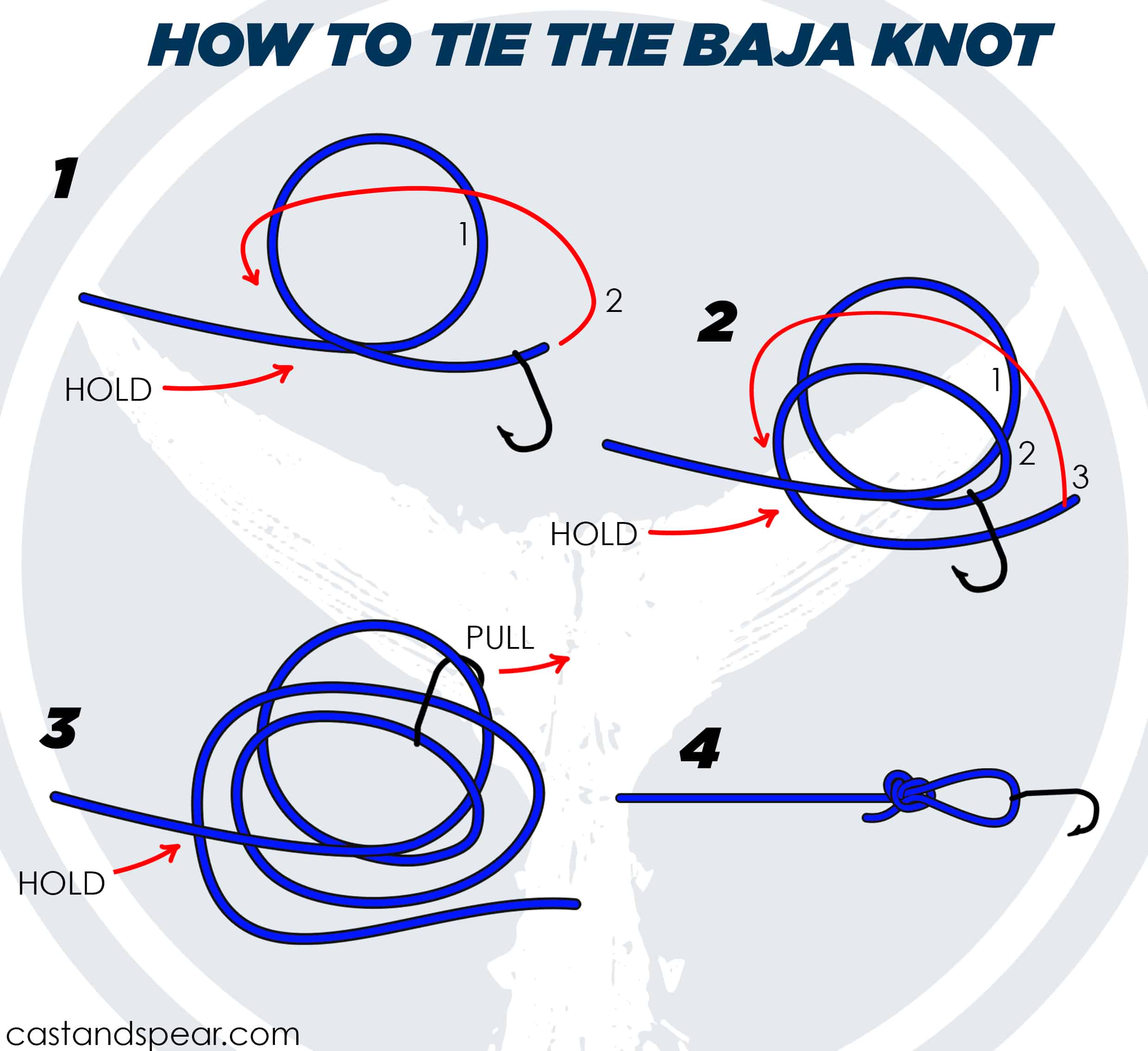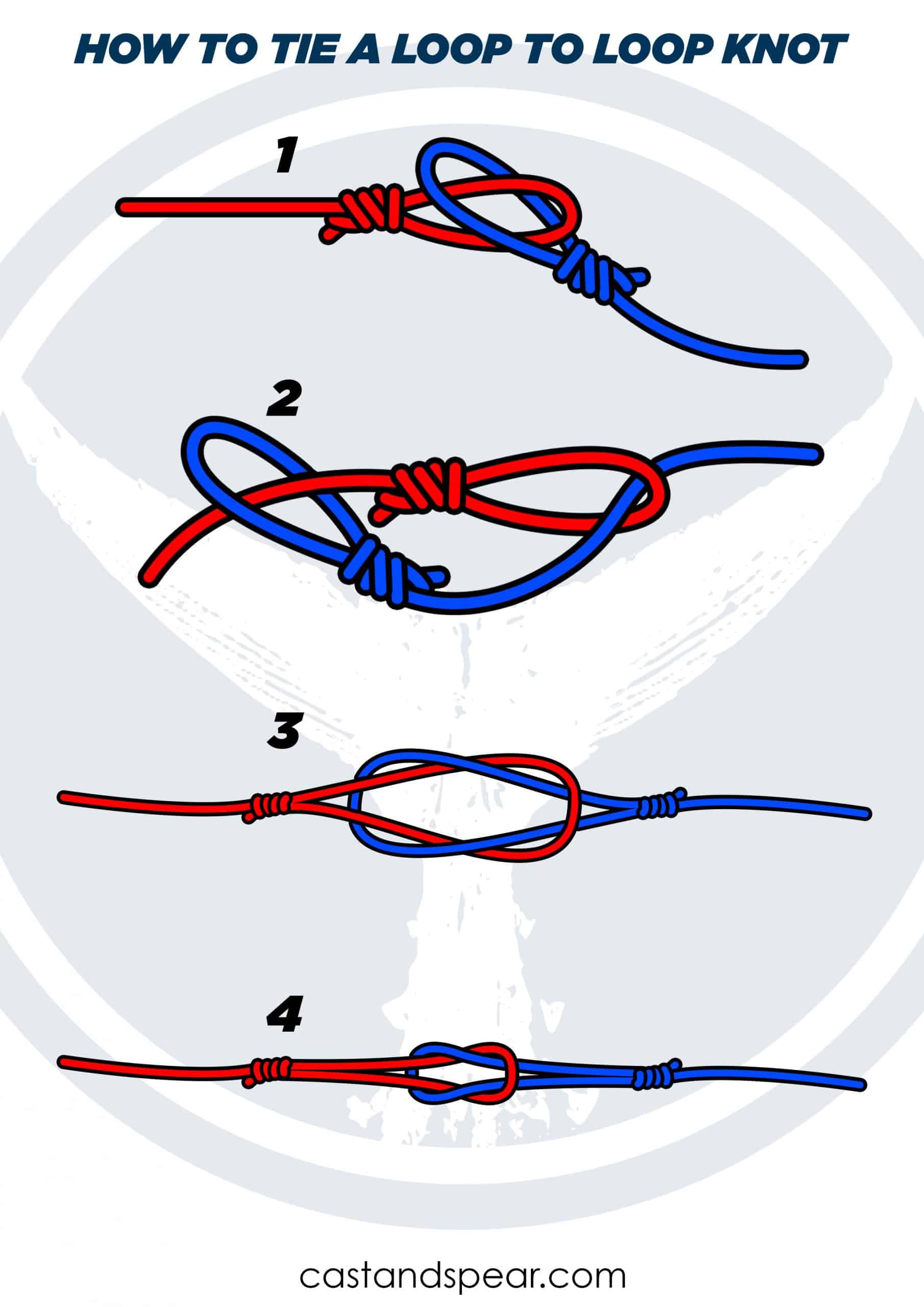The San Diego Jam Knot is also called the Reverse Clinch Knot and the Helliger Knot.
Popular with the fine people of San Diego. This knot is typically used for tuna fishing and is known for being easy to tie.
This setup originated as a solution for fishermen to tie heavy iron jigs. If you want to tie the San Diego Jam knot efficiently whether you use a braided or monofilament line, check out these steps.
Tying the San Diego Jam Knot
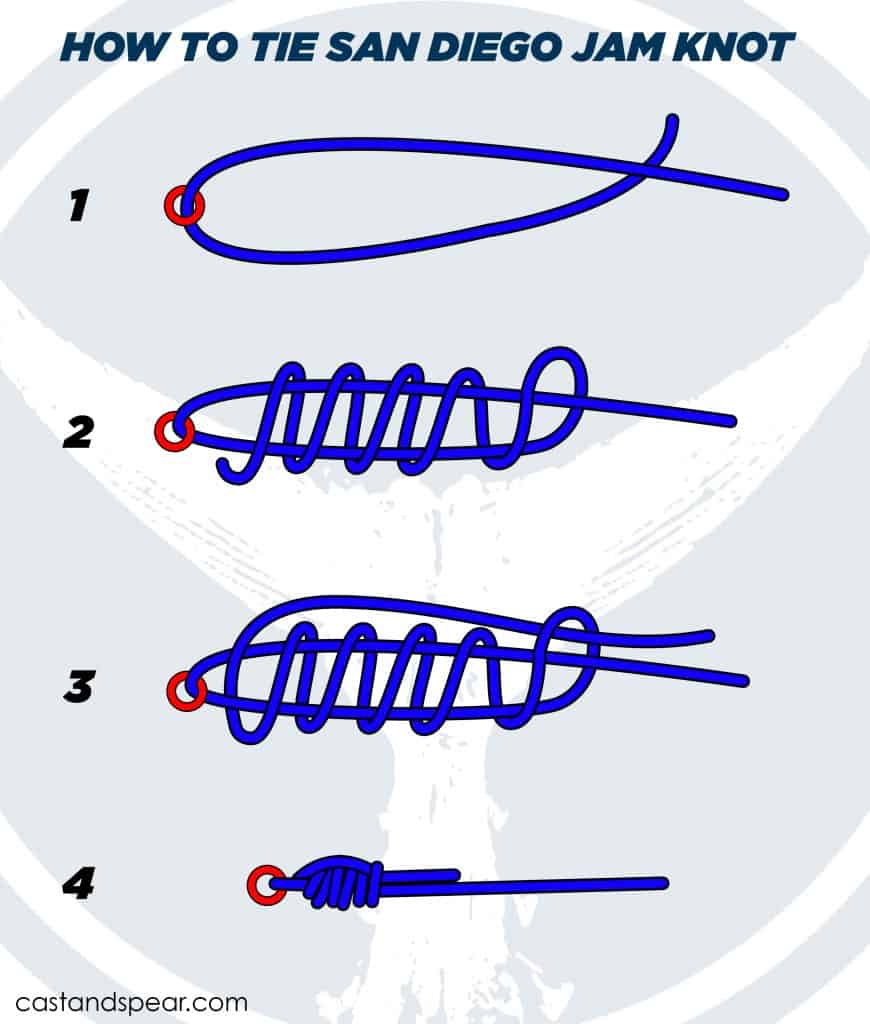
- To tie the San Diego Jam Knot First, pass the line through the hook eye.
- Then wrap the tag or free end along the line multiple times (6 should do it).
- Pass the setup through the double line and the first wrapping.
- Pull to make the knot nice and tight.
- Cut off the extra line you are left with and tighten the knot to complete it.

Bonus: Tying the Double San Diego Jam Knot
- To tie Double San Diego Jam Knot, first, double the line before making it go through the eyelet and make sure you have enough double line on both sides of the knot.
- Pass the doubled tog parallel to the mainline and clinch it together a couple of inches on top of the eye.
- Make wraps around the 4 lines at least 5 times.
- Pass the tag end of the line through the loop that you made when you first started to wrap down.
- Dampen the lines and pull the mainline, tag as well as the loop at the same time to make a tight Double San Diego Jam Knot.
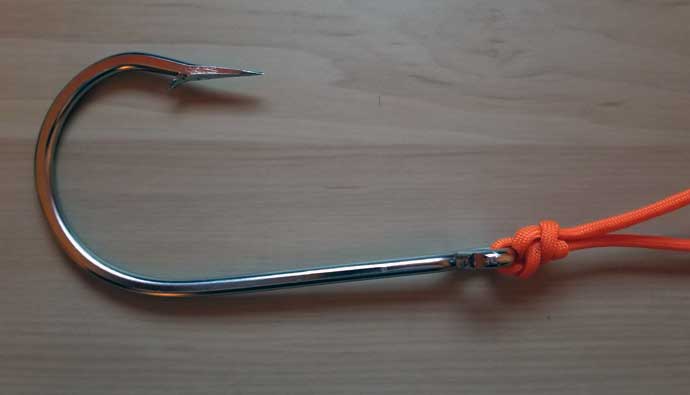
Tips
- Make sure that the turns or wraps of the San Diego Jam Knot form neat spirals around each other and don’t crisscross or overlap. Otherwise, it will compromise its effectiveness.
- Reduce the number of turns for the lighter lines whether it is braided or otherwise.
Advantages
- The San Diego Jam Knot is a relatively easy to tie at sea even in adverse weather conditions.
- It is perfect for monofilament, braided, and fluorocarbon lines.
- This knot retains the strength of the line.
Disadvantages
- It isn’t as strong as the Modified Uni Knot or the Trilene knot
Uses
- The San Diego Jam Knot is used to strengthen the line for larger fish.
- It can be used as a drop shot knot.
- This knot is also perfect for trolling.
Alternatives
- Improved Clinch Knot – This knot remains close to the hook but it is slippery on braid. It is also weaker in comparison and can only be wrapped around a single line,
- Uni Knot – This one wraps around the inside of the loop that forms when you bring the tag end back to the hook.
Frequently Asked Questions
Q: What is the strongest fishing knot?
A: The Palomar Knot is considered to be the strongest and most reliable fishing knots.
Q: Is a uni knot good for braid?
A: Yes, this knot is one of the few that works well with braided and monofilament lines. Most knots are just good with mono and fluorocarbon. Experiment with different twists when you are making the uni knot and you will have several options to use out at sea. To improve its strength, pass the line twice through the eye and reduce the number of twists.
Q. What type of line is perfect for San Diego Jam Knot?
A. This one can be used on all three main lines i.e. braided, mono and fluorocarbon.
Q. What is the best line to line fishing knot?
A. The double uni and the J knot are considered the best line-to-line fishing knots
Q. What is the most difficult knot to untie?
A. The most difficult one to untie is the constrictor knot even though it is quite easy to tie. So use this one at your own discretion or if you don’t mind cutting off expensive line.
Q. What is the weakest fishing knot?
A. The bowline is considered to be the weakest one.
Q. Is a splice stronger than a knot?
A. Yes, it is but it is also notoriously difficult to untie so as a novice.




 Facebook
Facebook YouTube
YouTube